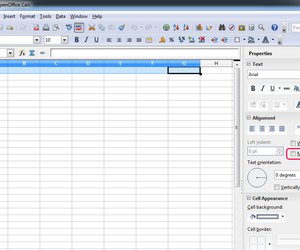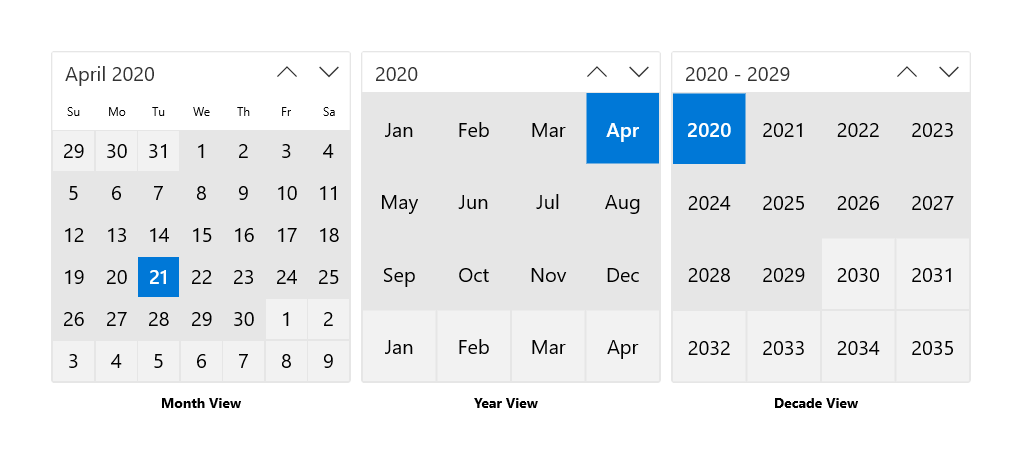

The easiest way to delete a whole table is to place the cursor in one of the cells and delete it from the TABLE MENU -> DELETE -> TABLE. AutoFormat - Allows the user to apply preformatted table options.Border - Applies all border to the table.Don't Split Table - Tries to prevent the inserted table from splitting over to the next page.The First _ Rows - Allows for multiple rows to be Header rows.Repeat Heading - Allows the header row to be repeated if the table splits over to a another page.Heading - Creates a Header row for the table.Size - Spin up or type the number of Rows/Columns needed in the table.Name - With the Navigator tool a user can jump to a specific table within a document.The INSERT TABLE command open the Insert Table dialogue box as shown here. The MORE button at the bottom of the grid will open the same dialogue box that the INSERT -> TABLE command does. In the example shown here a table containing 4 columns and 3 rows will be created. As you drag over the cells an information box displays the number of columns (first number) and rows (second number) that will be created. Table Button - Clicking the Table button on the Standard toolbar opens a grid-like menu containing cells which allows you to drag over these cells to create rows and columns.Menu Command - TABLES -> INSERT -> TABLES.Tables can be inserted into a document either through the Table Menu command or the Table button located on the Standard toolbar: Whenever information needs to be organized in rows and columns, particularly with a column and/or header row, Tables will always win out over tabs in both ease of use and functionality. Content can be aligned both vertically and horizontally in cells.Borders can be applied to the whole table or to individual cells.Each cell can have its own background colour without effecting its neighbour.Rows heights can be set numerically negating the need to use paragraph Enters to build a row height.Therefore small amounts of information can be typed into each cell without effecting the Calendar layout. As more text is typed the cells will expand vertically downward not horizontally as is the case with tabs. Text will wrap within the cell without effecting the cells on either side. Every cell in a table is a unique container that holds information.


Tables are a better choice as they are actually made up of rows and columns of cells that alignment content naturally. When organizing information into rows and columns, two tools can be used: Tabs or Tables.


 0 kommentar(er)
0 kommentar(er)
